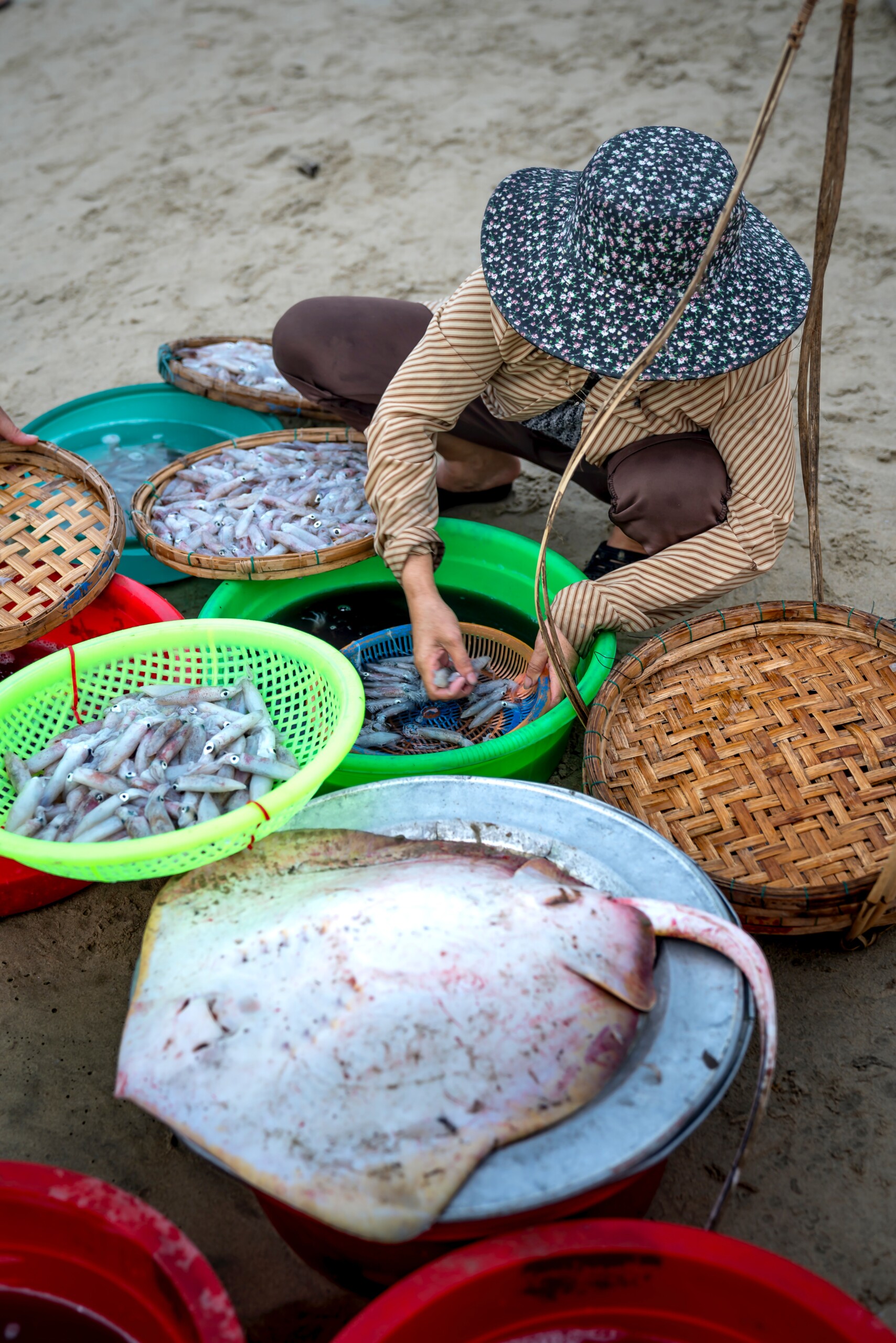Aquaculture is recognized as a source of high-quality nutrients, contributing to achieve several of the United Nations Sustainable Development Goals for 2030. To keep up with the increasing demand of aquatic food producing animals, aquaculture is continuously expanding and intensifying. This brings challenges related to the health and welfare of cultured animals and pressure to the aquatic environment. Bacterial outbreaks, for instance, could be significantly detrimental to the health and welfare of cultured aquatic animals, and have a substantial economic impact to aquaculture producers. To minimize the impact of bacterial diseases, antibiotics are often misused and overused, leading to increased pressure for antimicrobial resistance (AMR). This pressure is not only exerted over bacterial pathogens, but also to commensal and environmental bacterial flora, around aquaculture establishments and, potentially, across sectors.
The World Organisation for Animal Health acknowledges the importance of addressing the challenges of aquaculture in the Aquatic Animal Health Strategy, including the risk of emergence and spread of AMR arising through the use of antimicrobials in aquaculture. To fight against AMR, the Strategy on Antimicrobial Resistance and the Prudent Use of Antimicrobials highlights the relevance of addressing it through a One Health approach. This strategy is in alignment with the objectives established in the Global Action Plan (GAP), including the support of antimicrobial use (AMU) surveillance.
Since 2015, WOAH collects global data of AMU in animals that are published in the Annual Report on Antimicrobial Agents Intended for Use in Animals. However, the limited participation of countries reporting differentiated quantities of antimicrobials in aquaculture prevents having trends that would lead veterinary and aquatic animal health services to make evidence-based decisions regarding AMU. In addition, addressing AMR through a One Health approach is often incomplete due to the limited information regarding the aquaculture sector. The incorporation of the aquaculture sector is sometimes absent in the National Action Plans (NAPs) for AMR or, if present, it is often marginally addressed. Good husbandry practices, biosecurity measures, and the use of alternatives to antimicrobials in aquaculture, such as vaccines, should be encouraged in NAPs. Finally, ensuring effective and safe medicinal products, a goal of the GAP, is crucial. An alert system for substandard and falsified medicinal products that covers the aquaculture sector is advisable for keeping drug effectiveness and safety and to prevent AMR.
Date: 30 October – 1 November 2024
Venue: Singapore
Participation: By invitation only
Workshop materials (Click the link and download button for bulk file download – Link expires on 18 December 2024)
WOAH Aquatic Code – Chapter 6.3 Monitoring of the quantities and usage patterns of antimicrobial agents used in aquatic animals
